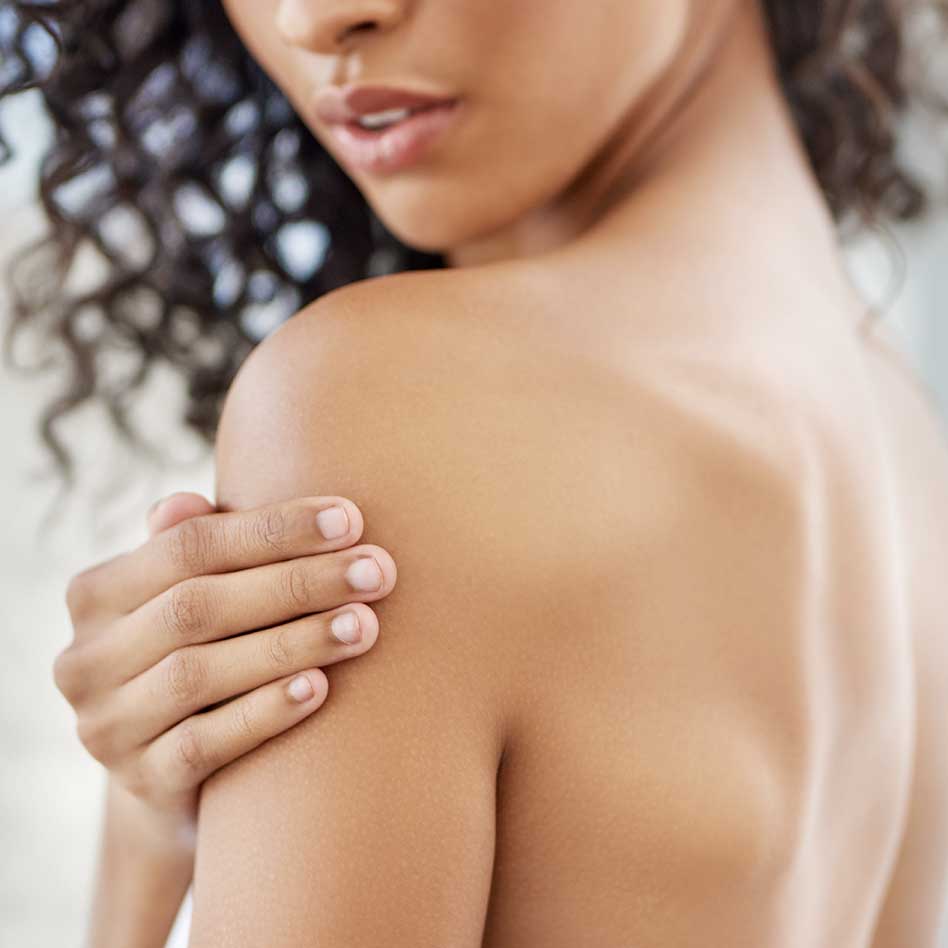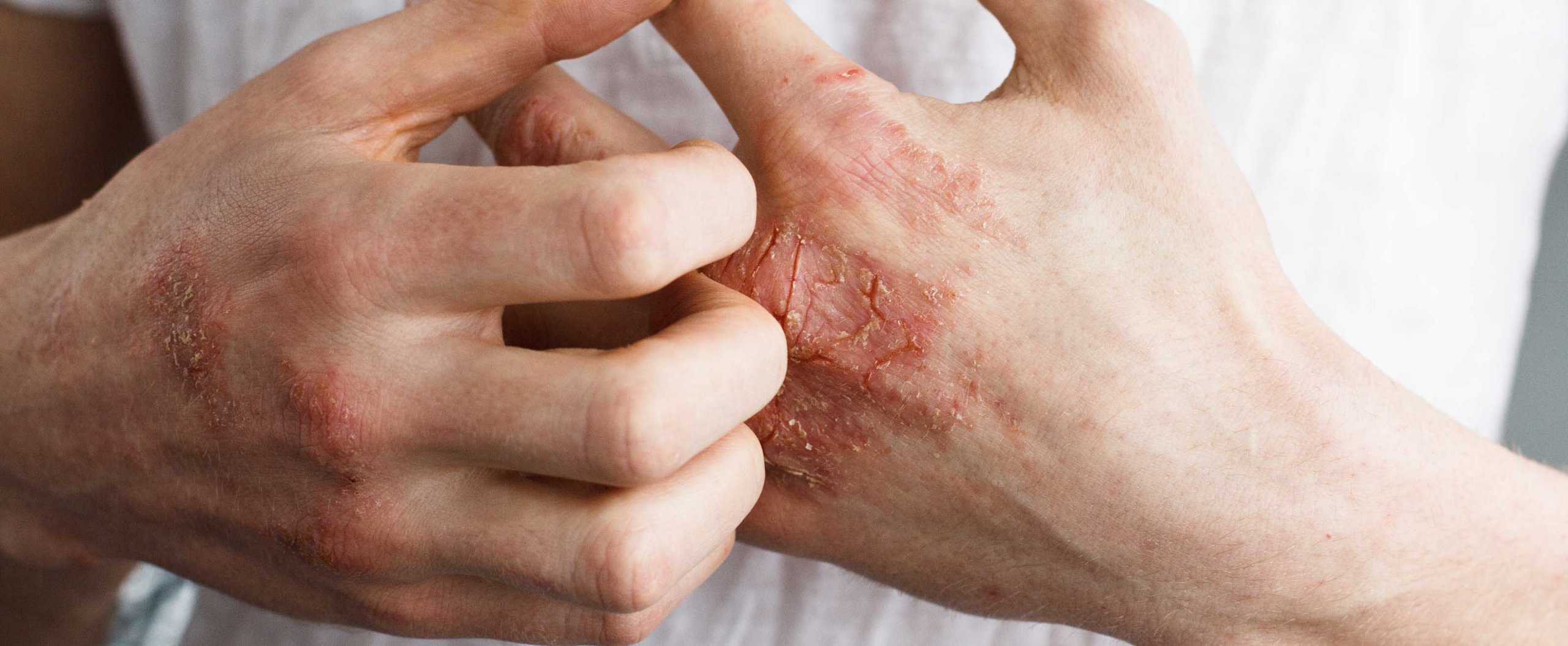Eczema
Eliminate itchy eczema discomfort from your life
Eczema is a skin condition that causes dry skin and discomfort. Types of eczema include atopic dermatitis, seborrhoeic eczema, and some rarer forms. Atopic dermatitis is characterised by itching and dryness, especially in the creases of the elbows and knees. It typically begins after the age of three months but may start at any point in life. Seborrhoeic dermatitis is characterised by redness and dryness, especially in the creases beside the nose, and between the eyebrows. It typically begins in the late teens. We will treat your eczema holistically, based on the type of eczema you have.
The treatment approach depends first on identifying which type of eczema it is and then on identifying and removing the particular aggravating factors for this particular patient. The treatment therefore is different in each patient.
Scratching worsens eczema by causing redness. Redness means more blood. Blood carries heat and oxygen, two factors which speed any chemical reaction, including itching. In many patients, there are other factors, in addition to scratching, which lead to redness. If these are identified and neutralised, then this important mechanism of aggravation will be removed which will make the treatment much more effective.


Consultation
- Detailed history of your skin concern
- Total skin examination
- Holistic assessment of your health
- Diagnosis
- Discussion of treatment options
- Personalised treatment plan
- Treatment
FAQs
Vasoreactive people are prone to eczema. They are born with blood vessels which react more than average to heat and cold. The blood vessels in vasoreactive people dilate more with heat and constrict more with cold. Certain foods cause vasodilation and so also do stress and hormones. Identification and avoidance of the relevant vasoreactive factors in any particular patient will bring much improvement and help maintain improvement longer term. When vasoreactive factors are avoided, the need for topical steroid creams is reduced.
See answer

Atopic skin is fine skin. Fine skin holds water less well and is therefore susceptible to dryness. Dry skin has a low itch threshold and dryness leads to itching. It is essential therefore to control the dryness by using plenty of emollients (moisturisers). The dryness responds best to a cream which is at the same time exfoliating, moisturising and slightly antiseptic.
See answer

The itching of atopic dermatitis is severe and leads inevitably to scratching, which worsens the atopic dermatitis. It is therefore essential to control the itching, and the best way to do this is by taking Phenergan. At any age, atopic dermatitis will benefit from emollients and Phenergan.
See answer

Seborrhoeic dermatitis occurs in families with rosacea, headaches, migraines, and irritable bowel syndrome.
See answer

Dr Rowland Payne’s Face Cream, used very sparingly once or twice a day, is very helpful in seborrhoeic dermatitis. For best results, the cream needs to be used in combination with identification, and avoidance of the particular causes of vasodilatation in this particular patient.
See answer

Beneath the dry scales of seborrhoeic dermatitis, some normal skin germs proliferate and aggravate the redness.
See answer



